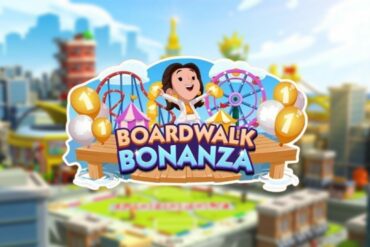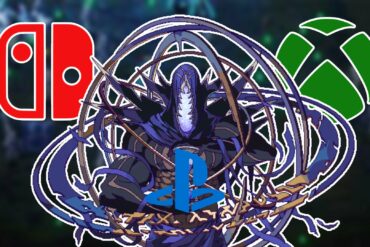I have a weird fondness for oddball entries in video game series. The ones that just don’t quite fit in with the rest of the games in a franchise. Their existence fascinates me, as they often have unusual historical reasons for coming into existence.
Sometimes, different games get reskinned to be part of a franchise they weren’t intended to be in. The most well-known example of this is the US release of Super Mario Bros 2. Originally, it had been a game called Doki Doki Panic. Which, as it turns out, was originally a test for a potential sequel for Super Mario Bros, making the rabbit hole even deeper. But it’s not the only time this has happened. Star Fox Adventures was not originally going to be in the Star Fox universe but was reskinned due to pressure from Nintendo.
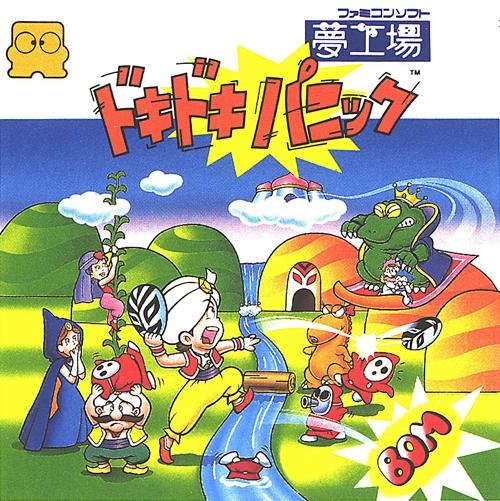
Sometimes, it’s a byproduct of when a game is made. For example, early on in a series’ existence, the developers may not know entirely where to take a sequel. Trying different elements in order to find the right path. This was more common in the earlier days of the industry. The examples I’m referring to are Castlevania 2: Simon’s Quest and Legend of Zelda: The Adventures of Link. Both of them were results of developers trying to come up with something that wouldn’t be a copy of their predecessors. While they aren’t necessarily the most beloved games in their respective series, they were early experiments with elements that later became mainstays of their franchises.
Sometimes, these differences are due to staffing issues. Perhaps an integral member of the team left the company or the B-Team was called in. In any case, the team that knows this series inside and out aren’t working on this particular entry, and thus things are a little different.
Which brings us to Phantasy Star 3.
Back in Sega’s heyday, Phantasy Star was their core JRPG series. Unlike other contemporary JRPGs like Dragon Quest, Phantasy Star had a heavy science-fiction feel to it. The games take place in the Algol Star system, where groups of heroes battle the recurring evil Dark Force across several planets. Space ships, aliens, and cyborgs are common elements in this series.
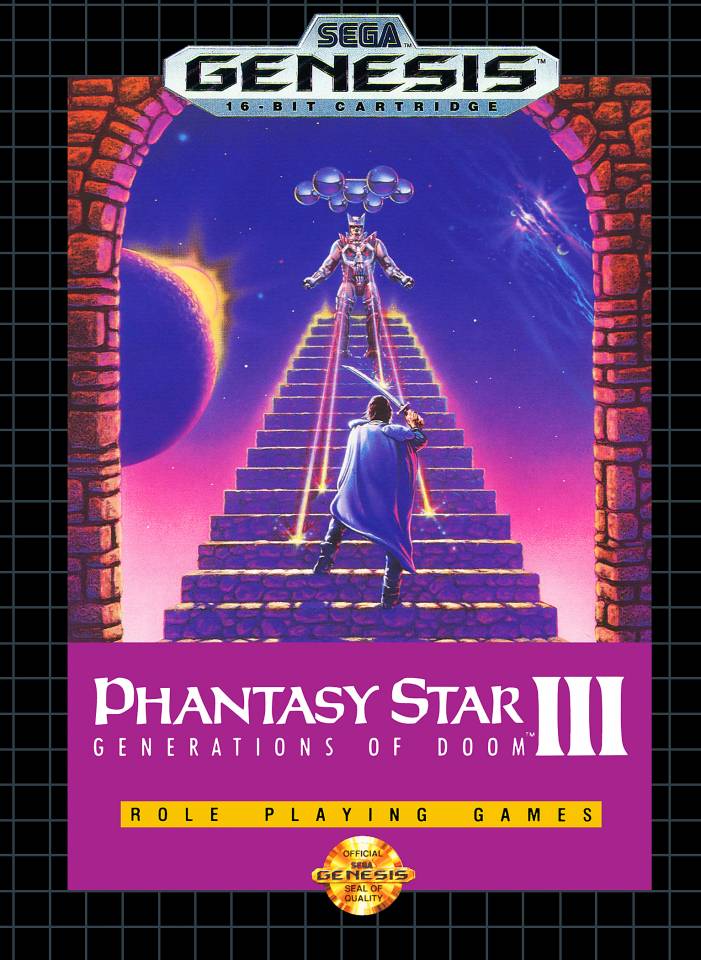
The original Phantasy Star was actually the first JRPG brought to the US, being released stateside in 1988 for the Master System. It was also one of Yuji Naka’s early big breaks in Sega and is one of the best games for the Master System, and has since been ported to the Switch. Phantasy Star 2 came to North America in 1990, for the Sega Genesis. While it ramped up the difficulty, it is a solid game and is a beloved entry in the franchise. Phantasy Star 4 changed consoles repeatedly during development but eventually came to North America and Europe on the Genesis in 1995. It is widely regarded as one of the best JRPGs of the 16-bit era (which is a high bar). Among JRPG fans, and among Sega fans, these games are a huge part of the genre and are well-loved.
Phantasy Star 3 Didn’t Get the Love
Phantasy Star 3 was released in the US in 1991. Not long after Phantasy Star 2. As I’ve alluded to, not a lot of the staff from the previous games were working on this one. Yuji Naka by this point was busy working on the Sonic Series, but even the art director, Rieko Kodama, wasn’t involved with this one, as she was still busy working on 2. The composer was new to Sega and hadn’t worked on an RPG before.
This resulted in something that looked and felt different from the other entries in the series. And this was evident almost immediately, even on the title screen. The other entries in the series had a consistent style for the title cart, using a similar font, a similar artistic layout. Phantasy Star 3 does something vastly different. The Algol Star System isn’t visible in the background and we don’t get that Phantasy Star font that we know and love. It’s not necessarily a major thing, but it’s immediately noticeable.
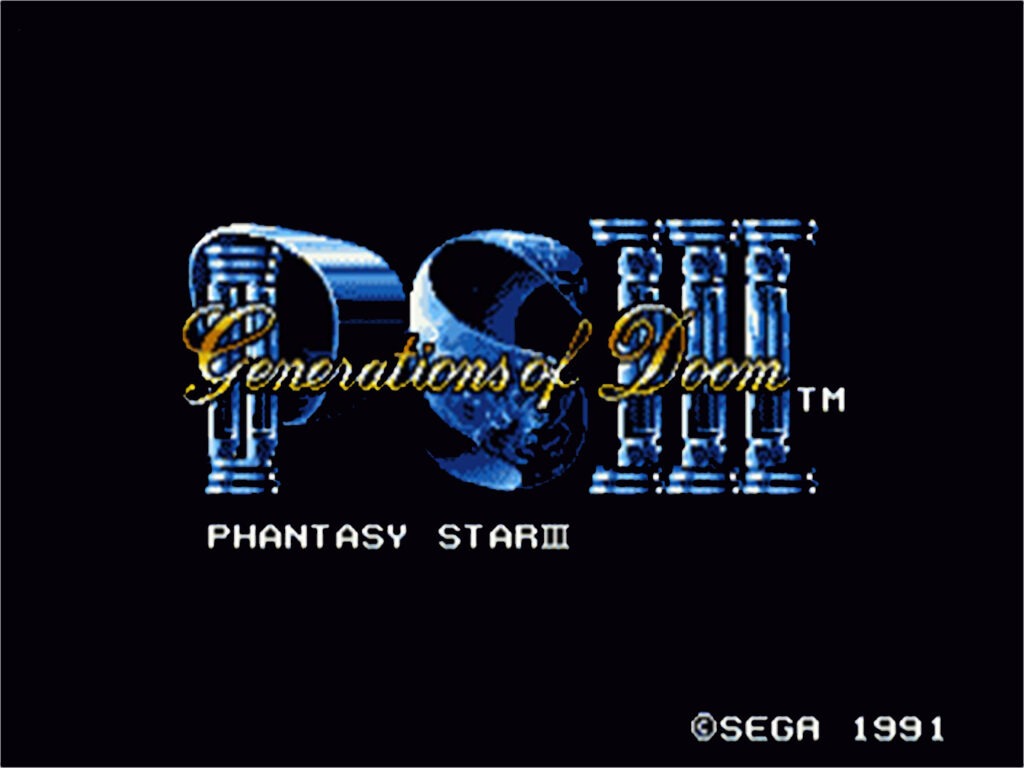
And likewise, the intro cutscene and first moments of the game show that you’re in for a different ride than the other games. Gone are mentions of the Algol Star System. From the looks of it, we are no longer in a futuristic society. Phantasy Star 3 was set in what appears to be warring, medieval kingdoms. And yes, for people who are familiar with the game, I know that everything is not as it appears to be in terms of setting. But, after the first two games, which ended on a cliffhanger, this sudden change in setting that apparently has nothing to do with the previous games is incredibly jarring.
But Does Different Necessarily Mean Bad?
This game is definitely rough around the edges. Some of the Phantasy Star 3’s programming is held together with chewing gum and prayer. Resulting in some hilariously game-breaking glitches that aren’t terribly tricky to find if you know where to look. For example, sell your boots and get an escapipe before the plot kicks off, and watch as the game becomes unwinnable. Some memory and text limitations mean the plot doesn’t necessarily get expressed well. There are points where the information the game gives you is flat out wrong. There is a notorious end-game hint that tells you to go to the wrong town, something that Sega actually corrected in the manual. They justified it by saying, “The old guy’s a little bit senile.” And the grind can be a little bit rough at times, as was the case for many early JRPGs.
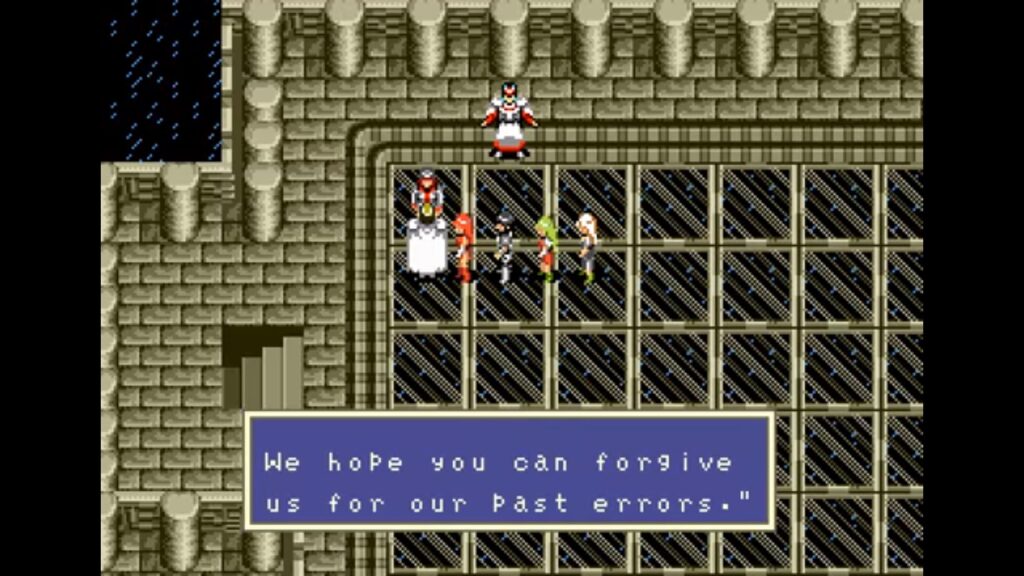
Despite all of these warts and flaws, there is a kernel of a really cool idea in this game. The central gimmick of the game is that you play over the course of several generations of a single-family. Depending on what characters you opt to marry, the game plays out differently. For an RPG that came out in the early 90s, that is ambitious and I definitely have to give the team credit for that. While the idea was held back by the dev team’s inexperience and the technical limitations of the Sega Genesis itself, they were willing to try something to set this game apart. Not only from the rest of the series but from pretty much every other contemporary RPG. As much as fans of the series tend to pick on Phantasy Star 3, it will always have a special place in my heart.
Ultimately, I don’t think you’re likely to find anyone that believes Phantasy Star 3 is their favorite in the series. Let alone, their favorite game. Except, I do think it was ahead of its time. While it doesn’t necessarily make for a great sequel to Phantasy Star 2, it definitely works as a collection of side stories for the series.


